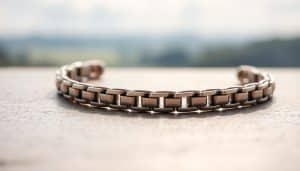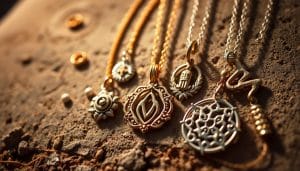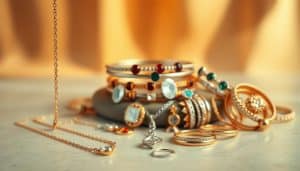Anti Tarnish Jewelry Manufacturers: Protect Your Shine
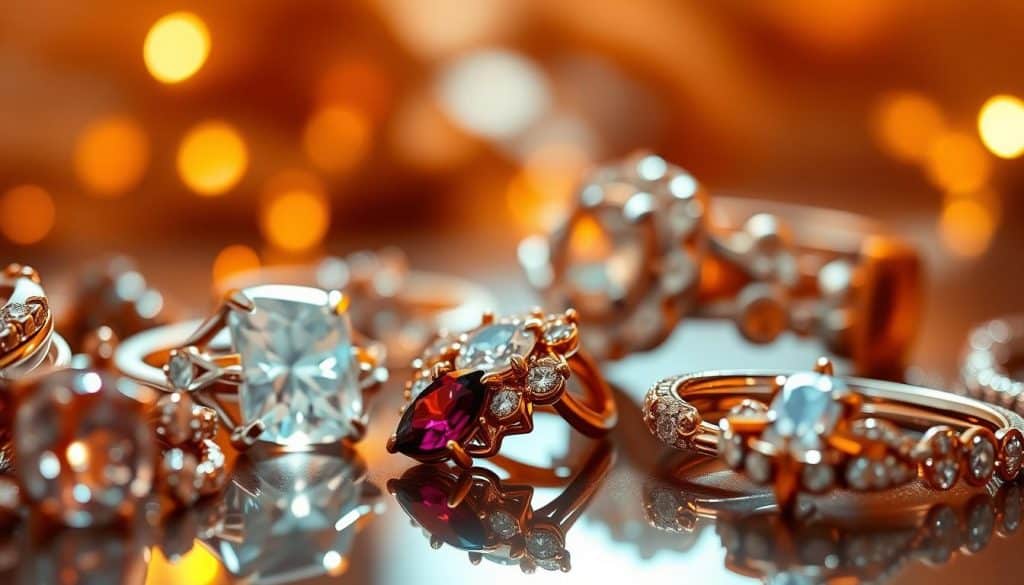
Anti Tarnish Jewelry Manufacturers: Protect Your Shine
At HonHo Jewelry, we know how vital it is to keep your jewelry shining. As a top anti tarnish jewelry manufacturer, we use the latest tech to stop tarnish. Our focus on quality and new ideas means your jewelry stays bright and strong.
We use the latest methods, like those from ProtectaClear and Zearrow, to make your jewelry last longer and look better. Choosing HonHo Jewelry means you’re picking a partner who cares about your happiness and our planet.
Key Takeaways
- HonHo Jewelry is a leading manufacturer of anti-tarnish jewelry.
- Advanced technologies are used to protect jewelry shine.
- Partnerships with innovators like ProtectaClear and Zearrow enhance product quality.
- Sustainability and customer satisfaction are our top priorities.
- Our jewelry is designed to remain durable and radiant over time.
The Challenge of Jewelry Tarnishing
Tarnishing is a big problem in the jewelry world. It hurts both how jewelry looks and its value. At HonHo Jewelry, we know how important it is to keep jewelry shiny and strong.
Causes of Jewelry Tarnishing
Jewelry tarnishes because of chemical reactions with air, moisture, and sulfur. ProtectaClear, a well-known anti-tarnish solution, helps stop these reactions.
- Exposure to air and moisture
- Contact with chemicals and sulfur compounds
- Human skin’s natural pH level
Common Metals Prone to Tarnishing
Some metals tarnish more than others. These include:
- Sterling silver
- Copper
- Brass
These metals easily react with the environment, causing tarnish.
Impact on Jewelry Value and Appearance
Tarnishing not only changes how jewelry looks but also its value. A tarnished piece can lose its shine and appeal. This can lower its worth. At HonHo Jewelry, we use the latest anti-tarnish tech to keep jewelry looking new.
By knowing why tarnishing happens and using good anti-tarnish solutions, we can make jewelry last longer and stay beautiful.
Understanding Anti-Tarnish Technology
It’s important to know about anti-tarnish technology for making and buying jewelry. This tech helps stop or slow down tarnish on metals like silver and copper. It’s key for keeping jewelry looking good.
How Anti-Tarnish Treatments Work
These treatments put a protective layer on metal. This layer stops tarnish by blocking chemical reactions. For example, ProtectaClear makes a strong, clear shield that keeps jewelry from tarnishing.
Key benefits of anti-tarnish treatments include:
- Enhanced durability of jewelry
- Reduced need for frequent polishing or maintenance
- Preservation of the jewelry’s original shine and appearance
Types of Anti-Tarnish Solutions
There are many anti-tarnish solutions out there. Each one works in its own way. Some common ones are:
- Rhodium plating, often used for white gold and silver jewelry
- Nano-technology based coatings that provide a thin, protective layer
- E-Coating, an electroplating process that ensures a uniform layer
Experts say, “The right anti-tarnish solution depends on the metal, how the jewelry will be used, and how much protection it needs.”
Advancements in Anti-Tarnish Technology
New tech in anti-tarnish has made solutions better and longer-lasting. For example, HonHo Jewelry has special treatments that stop tarnish and make jewelry last longer. These new ideas help meet the demand for better, easier-to-care-for jewelry.
The future of anti-tarnish technology looks bright, with more research into new materials and methods.
As jewelry tech keeps improving, knowing about anti-tarnish tech is more important than ever. It helps make high-quality jewelry that looks great and lasts long.
Benefits of Anti-Tarnish Jewelry
Jewelry now lasts longer and shines brighter thanks to advanced anti-tarnish treatments. At HonHo Jewelry, we use cutting-edge technologies like ProtectaClear. This makes our pieces more durable and beautiful.
Extended Jewelry Lifespan
One key benefit of anti-tarnish jewelry is its longer life. Our advanced coatings, like ProtectaClear, stop oxidation and tarnishing. This keeps our jewelry looking great for more years, so you don’t need to replace it as often.
Experts say, “Anti-tarnish coatings have changed the game in jewelry, making products last longer.”
“The use of nano-technology in jewelry manufacturing has opened new avenues for creating durable and long-lasting pieces.”
Reduced Maintenance Requirements
Anti-tarnish jewelry also needs less care. The special treatments we apply at HonHo Jewelry protect against tarnish. This makes it easier for you to keep your jewelry looking good without constant cleaning or polishing.
This means you get to enjoy your jewelry more, without the hassle. Our jewelry stays a treasured item for many years.
Cost-Effectiveness Over Time
Though anti-tarnish jewelry might cost a bit more upfront, it’s more cost-effective in the long run. It lasts longer and needs less upkeep, saving you money on repairs, replacements, and cleaning.
At HonHo Jewelry, we think the long-term benefits of our anti-tarnish jewelry are worth the initial cost. Choosing our products is a wise financial choice that saves you money over time.
In summary, the benefits of anti-tarnish jewelry are clear. It lasts longer, needs less care, and is more cost-effective. At HonHo Jewelry, we keep improving our anti-tarnish technologies to give you the best products.
Top Anti-Tarnish Jewelry Manufacturers in the Market

Anti-tarnish jewelry is becoming more popular. This is thanks to companies like HonHo Jewelry and Zearrow. They are leading the way in innovation and quality.
Overview of Industry Leaders
The market for anti-tarnish jewelry is led by companies that focus on quality and new ideas. HonHo Jewelry is known for its advanced technology and care for the environment. Zearrow stands out for its durable items and strict quality standards.
- HonHo Jewelry: Known for its premium quality and innovative anti-tarnish treatments.
- Zearrow: Recognized for its durable products and adherence to strict manufacturing standards.
Manufacturing Standards and Certifications
Top makers of anti-tarnish jewelry follow strict standards and have certifications. For example, ISO 9001 is a common sign of quality and customer satisfaction.
These companies also spend a lot on research and development. They aim to lead in anti-tarnish technology.
Industry Reputation and Reliability
The reputation of anti-tarnish jewelry makers comes from their consistent quality. Reliability is key, with companies like HonHo Jewelry and Zearrow showing they care about customers. They offer warranties and good after-sales service.
Choosing a well-known manufacturer means getting high-quality anti-tarnish jewelry. This meets customer expectations.
HonHo Jewelry: A Premier Anti-Tarnish Jewelry Manufacturer
HonHo Jewelry stands out in the jewelry world with its advanced anti-tarnish tech and top-notch craftsmanship. We’re known for making jewelry that lasts a long time and looks great.
Company Background and History
HonHo Jewelry started with a goal to change the jewelry industry. We focus on quality and innovation. Our values of craftsmanship, innovation, and customer happiness have stayed the same over the years.
We began by tackling the problem of tarnish. We put a lot of effort into finding solutions. This led to our ProtectaClear technology.
Manufacturing Facilities and Capabilities
Our facilities are top-notch, with the latest tech. This lets us make jewelry that looks good and lasts. Our team of experts checks every piece to make sure it’s perfect.
We use advanced tools to make our jewelry. This means our pieces have fine details and a perfect finish. We make many types of jewelry, like silver, gold, and gold-plated, to meet different tastes.
Anti-Tarnish Technology Innovations
We’re proud of our ProtectaClear technology at HonHo Jewelry. It shows our dedication to research and development. It keeps jewelry looking great without tarnishing.
We keep working on making our anti-tarnish treatments better. We’re always looking for new ways to make jewelry last longer and shine brighter. Our aim is to make jewelry that stays beautiful for years, so customers don’t have to worry about it often.
By mixing old-school craftsmanship with new tech, HonHo Jewelry is leading the way in anti-tarnish jewelry. We make products that meet and exceed what customers want in quality and durability.
HonHo’s Anti-Tarnish Manufacturing Process

At HonHo Jewelry, we take pride in our anti-tarnish process. It keeps your jewelry looking new for years. Our goal is to protect your jewelry from tarnish, keeping it shiny and valuable.
Material Selection and Quality Control
We choose the best materials for our jewelry. We get our metals from trusted suppliers. This ensures they are pure and consistent.
Our quality checks include:
- Inspecting materials for impurities
- Verifying the composition of alloys
- Conducting regular audits of our suppliers
Our strict quality control helps prevent tarnish. This way, our jewelry always meets top standards.
Proprietary Anti-Tarnish Treatments
Our special anti-tarnish treatments set us apart. We use nano-coating and rhodium plating for extra protection. Our treatments last longer than others, like Zearrow.
| Treatment Type | Durability | Cost-Effectiveness |
|---|---|---|
| Nano-Coating | High | Excellent |
| Rhodium Plating | Very High | Good |
| Traditional Coating | Medium | Fair |
Testing and Quality Assurance
We test our jewelry to make sure it works. Our tests include:
- Accelerated tarnishing tests
- Environmental stress testing
- Regular wear and tear assessments
Our process combines the best materials, special treatments, and thorough testing. This ensures our jewelry stays beautiful and lasts long.
Product Range from Anti-Tarnish Jewelry Manufacturers
HonHo Jewelry and other top makers use ProtectaClear to improve their jewelry line. We have a wide range of anti-tarnish jewelry for different tastes and needs.
Sterling Silver Collections
Our sterling silver collections are a hit with those who love silver’s classic beauty. ProtectaClear keeps our silver jewelry looking new and bright.
Key Features:
- Durable and long-lasting
- Hypoallergenic properties
- Affordable luxury
Gold and Gold-Plated Options
We also have gold and gold-plated jewelry, all treated with ProtectaClear to stop tarnishing. These are perfect for those who want gold’s look without the upkeep.
| Feature | Gold | Gold-Plated |
|---|---|---|
| Durability | High | Moderate |
| Cost | High | Moderate |
| Maintenance | Low | Low |
Fashion and Fine Jewelry Offerings
Our range includes both fashion and fine jewelry, for all tastes and events. ProtectaClear keeps our jewelry looking great and tarnish-free.
Benefits of our jewelry offerings:
- Variety of designs and styles
- High-quality materials
- Long-lasting due to anti-tarnish treatment
Custom Anti-Tarnish Jewelry Manufacturing Services
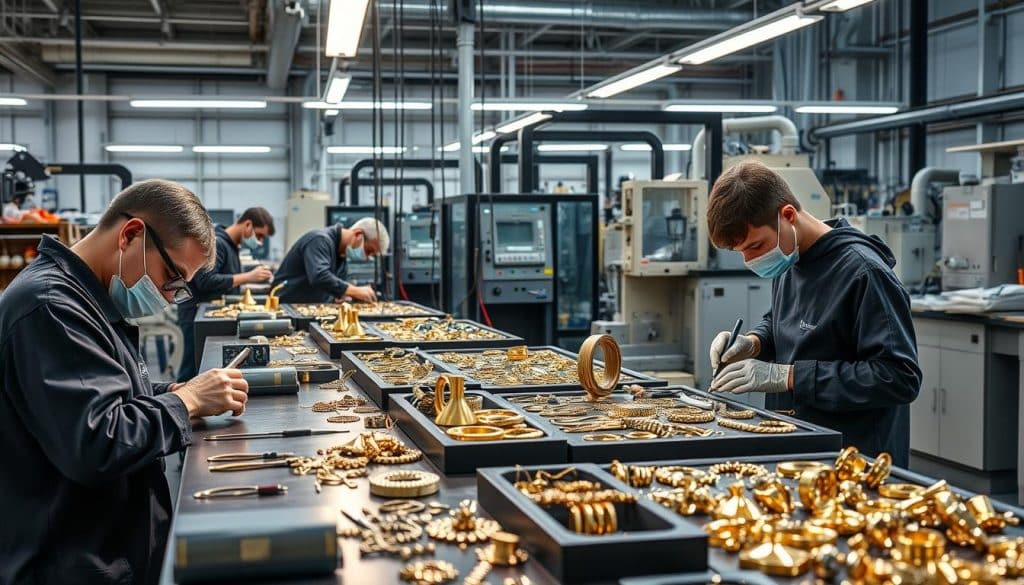
The art of making custom jewelry now includes advanced anti-tarnish technology. At HonHo Jewelry and Zearrow, we use the latest methods. This way, we create unique jewelry that shines and lasts long.
Design and Development Process
Our process starts with a team effort in design. We listen to what our clients want. Our skilled designers then use special software to bring their ideas to life.
Key Steps in Our Design Process:
- Initial Consultation: We get to know what our clients need and like.
- Design Creation: Our designers use CAD software to make detailed designs.
- Prototype Development: We make a real prototype for our clients to see.
- Revision and Finalization: We make any needed changes before starting production.
Customization Options and Limitations
We offer many ways to customize jewelry. Clients can pick the metal, gemstones, finish, and engravings. But, some designs or materials might have limits.
| Customization Option | Description | Limitations |
|---|---|---|
| Metal Type | Choose from sterling silver, gold, and other precious metals. | Some metals might not be available. |
| Gemstone Selection | Many gemstones to choose from, like diamonds and colored stones. | The quality and size of the gemstone can affect time and cost. |
| Engravings and Finishing | Many options for engravings and finishes. | Complex engravings might take longer to make. |
Minimum Order Quantities and Timelines
We serve both individuals and businesses. The minimum order can vary based on design and materials. We discuss and agree on production time during the first meeting.
We combine advanced technology with expert craftsmanship. This way, we make jewelry that’s not just beautiful but also lasts. Whether you’re looking for something special or a business wanting branded jewelry, we’re here to help.
How to Identify Quality Anti-Tarnish Jewelry
We’re leaders in the jewelry world and know what makes anti-tarnish jewelry stand out. At HonHo Jewelry, we think it’s key to know how to spot quality. This helps you make smart choices when buying.
Key Indicators of Durability
There are a few things to look at to see if jewelry is durable. These include:
- The type of metal used and its quality
- The presence of advanced anti-tarnish coatings like ProtectaClear
- The craftsmanship and attention to detail in the jewelry’s construction
ProtectaClear is a tech we use at HonHo Jewelry. It keeps jewelry looking bright by stopping tarnish.
Certifications and Guarantees to Look For
Good makers give out certifications and guarantees. These prove their jewelry is top-notch. Look for:
| Certification/Guarantee | Description |
|---|---|
| ISO 9001 | Quality management system certification |
| Lifetime Guarantee | Guarantee against tarnishing and manufacturing defects |
Experts say, “A maker’s promise to back their products shows they’re sure of their quality.”
“Quality is not just about meeting standards; it’s about exceeding expectations.” –
Testing Methods for Consumers
While makers do a lot to ensure quality, you can also test jewelry yourself. Here’s how:
- Check for wear and tear
- See how it holds up in different conditions
- Use a magnifying glass to look at the finish and build
Knowing these points and the tech used by makers like HonHo Jewelry helps you choose better. This way, you get jewelry that lasts.
Comparing Anti-Tarnish Treatments and Technologies
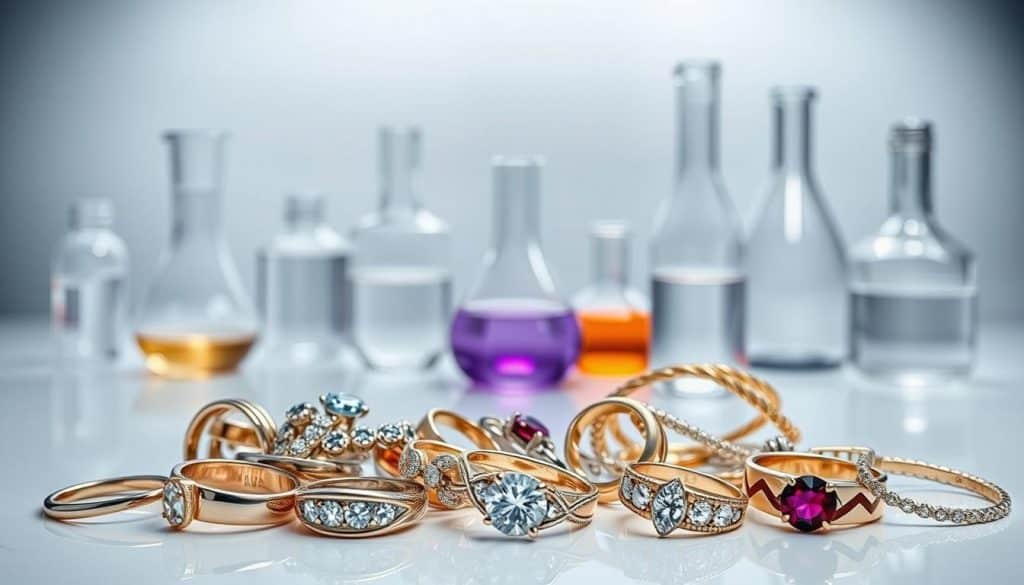
Anti-tarnish treatments are key in jewelry making. Many technologies compete for the top spot. At HonHo Jewelry, we lead in using and improving these technologies. This ensures our jewelry lasts long and looks great.
E-Coating vs. Rhodium Plating
E-coating and rhodium plating are two top choices for keeping jewelry shiny. E-coating uses a thin protective layer to fight tarnish. Rhodium plating adds a white layer that also prevents tarnish.
E-coating works well on detailed designs, giving full protection. Rhodium plating makes white gold pieces sparkle more.
Nano-Technology Solutions
Nano-technology has changed how we protect jewelry. It uses thin layers to keep metal looking new. ProtectaClear is a well-known nano-technology solution.
Nano-technology offers a strong, yet invisible shield. It’s perfect for detailed designs where old methods might fail.
Traditional vs. Modern Approaches
Traditional and modern methods have their strengths. Old favorites like rhodium plating work well. But new tech like e-coating and nano-technology last longer and keep jewelry looking better.
At HonHo Jewelry, we use both old and new methods. We choose the best for each piece, ensuring it looks amazing and lasts forever.
Pricing Factors in Anti-Tarnish Jewelry Manufacturing
Setting prices for anti-tarnish jewelry is complex. It involves many factors, like material choice and treatment costs. We aim to find a balance between cost and quality. This ensures our jewelry meets high standards and customer expectations.
Material Costs and Considerations
The cost of materials greatly affects anti-tarnish jewelry prices. We choose high-quality materials like sterling silver and gold. These are pricier but last longer and look better.
The type of material also determines the anti-tarnish treatment needed. This can increase costs. For example, sterling silver needs rhodium plating to prevent tarnish. Some materials might be cheaper and less likely to tarnish.
Treatment Process Expenses
The treatment process is key to anti-tarnish jewelry pricing. Treatments like nano-technology coatings or rhodium plating require special equipment and skills. At HonHo Jewelry, we use the latest technology to ensure our jewelry is durable and beautiful.
Treatment costs vary based on the process’s complexity and the amount of jewelry treated. A simple coating is cheaper than a multi-layer rhodium plating.
Volume Discounts and Wholesale Options
Buying anti-tarnish jewelry in bulk can lower costs. Companies like HonHo Jewelry and Zearrow offer discounts for large orders. This makes it cheaper for retailers to stock up.
| Order Quantity | Discount Percentage | Price Per Unit |
|---|---|---|
| 100-499 units | 5% | $10.45 |
| 500-999 units | 10% | $9.90 |
| 1000+ units | 15% | $9.35 |
Understanding these pricing factors helps businesses make smart choices. They can find the best value for their money when buying anti-tarnish jewelry.
Sustainability Practices Among Anti-Tarnish Jewelry Manufacturers

Anti-tarnish jewelry makers are now focusing on being green. At HonHo Jewelry, we aim to cut down our environmental impact. We keep our products’ quality high while doing it.
Eco-Friendly Manufacturing Processes
We’ve started using green manufacturing methods. This includes:
- Switching to renewable energy in our factories
- Using less water to cut down waste
- Producing smarter to waste less material
We work with Zearrow to find and use sustainable materials. This shows our dedication to eco-friendly practices.
Responsible Sourcing of Materials
Getting materials responsibly is key for us. We pick suppliers who care about the planet and people.
| Material | Sourcing Criteria | Benefits |
|---|---|---|
| Silver | Conflict-free, recycled content | Reduces environmental impact, supports ethical mining practices |
| Gold | Recycled gold, fair labor practices | Minimizes the need for primary mining, promotes fair labor standards |
Waste Reduction and Recycling Initiatives
We’ve set up plans to reduce waste and recycle. These include:
- Recycling metal waste and reusing it in production
- Using less packaging and recyclable materials
- Donating items we can’t sell to local charities
By going green, we help the planet and boost our brand. Our green efforts show we care about quality and the environment. We’re committed to making top-notch jewelry that’s good for the planet and our customers.
Working with Reliable Anti-Tarnish Jewelry Manufacturers
Choosing a reliable anti-tarnish jewelry manufacturer is key for quality and durability. At HonHo Jewelry, we focus on top-notch jewelry with advanced anti-tarnish tech.
Finding the Right Manufacturing Partner
When looking for a partner, consider a few things. First, find manufacturers known for quality anti-tarnish jewelry. HonHo Jewelry and ProtectaClear are leaders, using special coatings to stop tarnish.
Check their materials and how they make things. A good partner will share their quality checks and any certifications.
Communication and Collaboration Best Practices
Good communication is key in any partnership. Talk about what you need, like custom options and order sizes, right away.
Here are some tips:
- Have regular meetings to talk about projects and solve problems.
- Keep all agreements and details clear.
- Always be open to feedback and ways to improve.
These steps help create a team that meets your expectations.
Contract and Agreement Considerations
Before you partner, read the contract carefully. Know the costs, payment plans, and any guarantees.
At HonHo Jewelry, we’re all about clear agreements. We work with you to make sure everything is fair and on time.
Important things to think about include:
- How your ideas are protected.
- Agreements to keep your designs and info safe.
- Rules for ending the partnership and solving disagreements.
Thinking about these points helps build a strong partnership. This ensures your jewelry business does well.
Conclusion: Securing Your Jewelry’s Lasting Brilliance
The challenge of jewelry tarnishing can really hurt its value and look. Working with trusted anti-tarnish jewelry makers like HonHo Jewelry is key. It helps keep your jewelry shining for a long time.
Using advanced anti-tarnish tech like ProtectaClear can make your jewelry last longer. It also means less upkeep and saves money in the long run. HonHo Jewelry is all about quality, new ideas, and caring for the planet. They’re perfect for businesses looking for top-notch jewelry making.
Keeping jewelry looking great isn’t just about its first quality. It’s also about how well it’s cared for over time. With the right partner and tech, your jewelry will stay bright and your customers happy.
At HonHo Jewelry, we’re all about our skills, new ways of making things, and making customers happy. Choosing us means your jewelry will be top-notch and last a long time.
FAQ
What is anti-tarnish jewelry, and how is it made?
Which metals are most prone to tarnishing?
How do anti-tarnish treatments work?
What are the benefits of buying anti-tarnish jewelry?
How can I identify high-quality anti-tarnish jewelry?
What factors influence the pricing of anti-tarnish jewelry?
Are there eco-friendly anti-tarnish jewelry manufacturing options?
Can I customize anti-tarnish jewelry?
How do I work effectively with anti-tarnish jewelry manufacturers?
What are the latest advancements in anti-tarnish technology?
How do different anti-tarnish treatments compare?
Related Posts
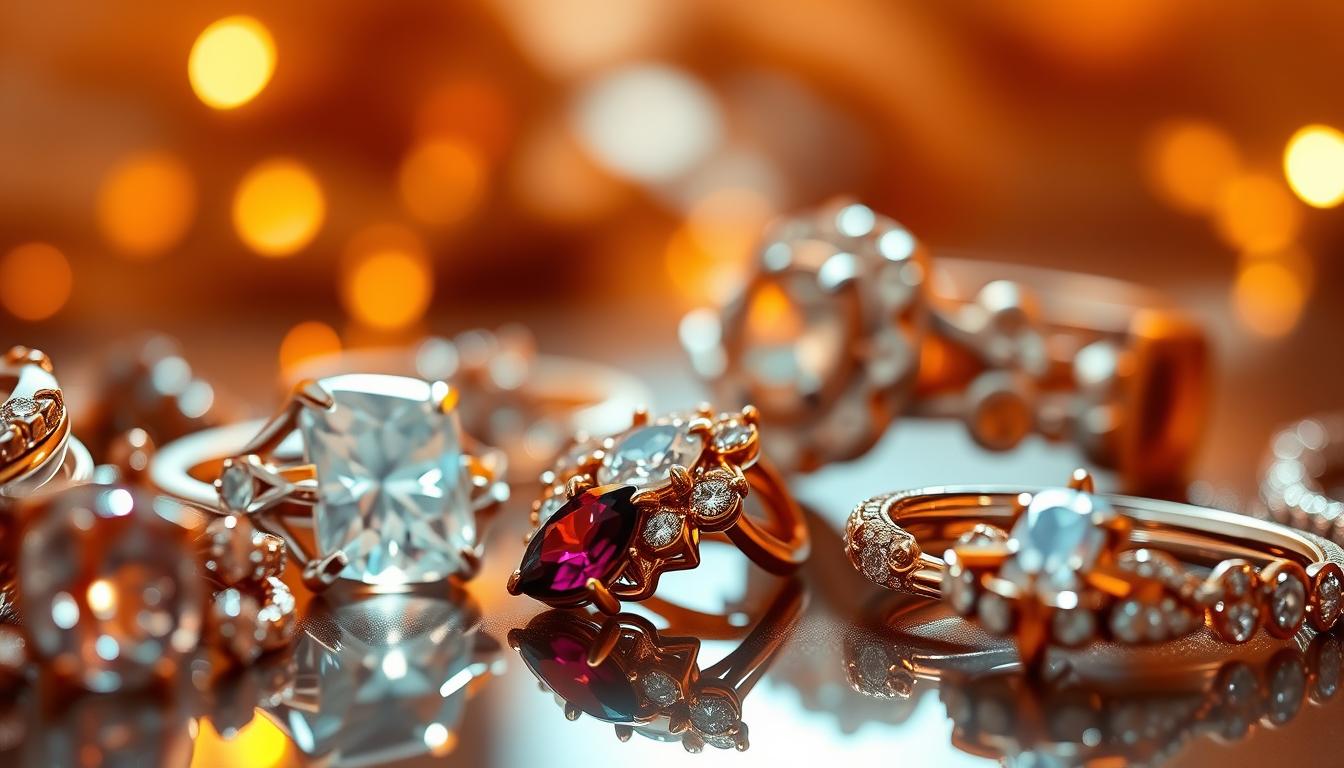
Anti Tarnish Jewelry Manufacturers: Protect Your Shine
Protect your jewelry’s shine with our advanced anti-tarnish manufacturing techniques. HonHo Jewelry – expert anti tarnish jewelry manufacturers.

